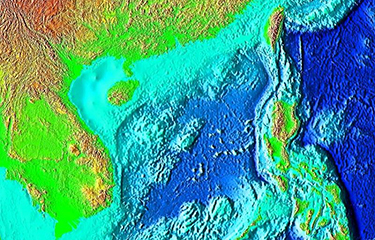 Territorial sea disputes
Territorial sea disputes
With its recent agreement with the Philippines, China appears to now have a template for handling its numerous territorial disputes. Having taken China to the international courts for its aggressive behavior in the South China Sea, Manila made an about-face under President Rodrigo Duterte, who decided on a détente with China. In return, China promised to open its markets for Filipino catches and offered aquaculture training (notably, to fishermen who’ve had to give up their boats).
China sees Southeast Asia as a series of satellite states, which will be its future suppliers of raw materials and buyers of manufactured, processed goods. If China realizes its ambition of becoming a regional center for the seafood trade, current supply flows will be radically changed, with one outcome being that supply of Southeast Asian products to Western markets may be squeezed.
Most likely outcome: Much depends on the fate of China’s subsidies policy. Even as it seeks to save its own territorial waters from chronic overfishing, China refuses to slash fuel subsidies to the fishing companies (many of which are state-owned) and this is continuing to increase the presence of Chinese vessels in far-away waters. Not every country with which China behaves aggressively is likely to respond as gently as has the Philippines.






